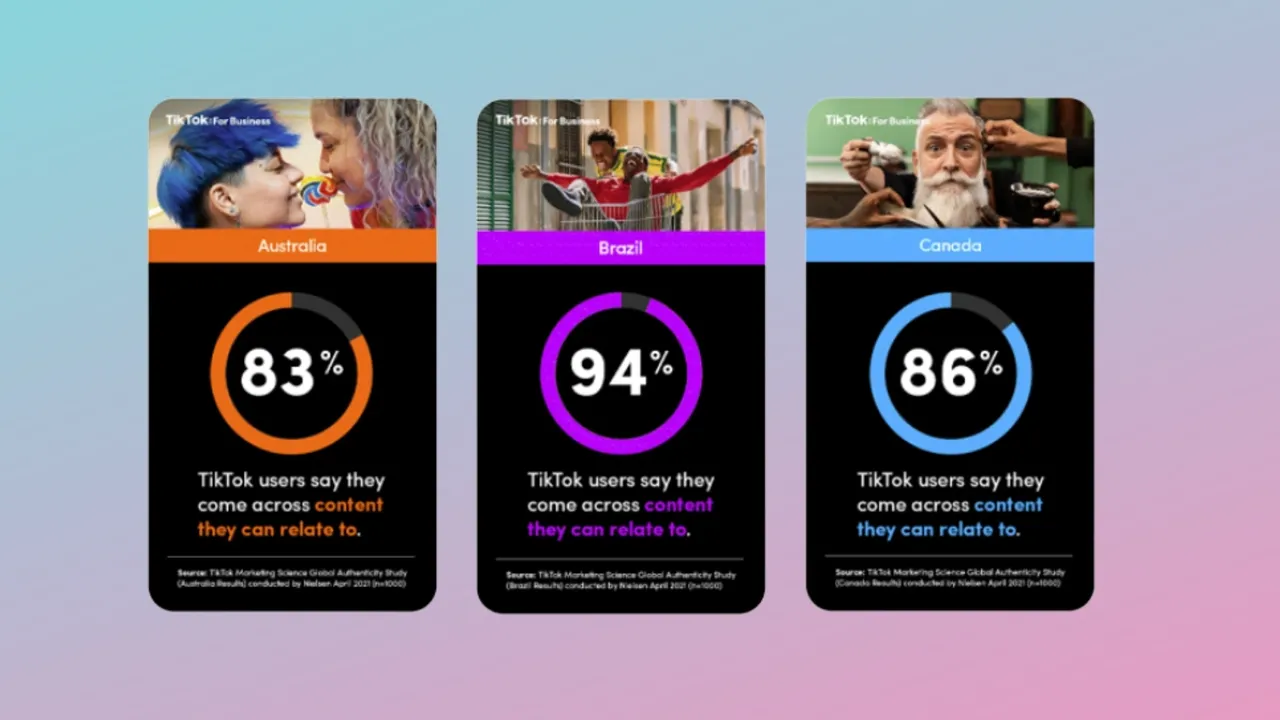There are plentiful factors that go into consideration when gauging the effectiveness of a social media platform. Unfortunately, certain factors or elements, despite being viable indicators, are simply too “qualitative” so as to be able to directly gauge whether a site is truly useful or not. Can you really measure qualities such as authenticity and joy?
This is exactly what TikTok aims to find out with its latest study. Partnering with media consultancy guru, Nielsen, the duo is determined to glean more insight as to how exactly TikTok makes its users feel. How is it different? And what does the platform really offer that just makes people “tick-”(Tik), get it?
Qualitatively Quantifiable
Nielsen conducted interviews with a sample of over 8,000 TikTok users all across the globe. They wanted to get an idea of the various experiences people have had on the platform, including perception of its various elements such as its main content and ads. These were the factors of choice as it is believed that such elements showcase key trends that have helped push the platform to new heights.
TikTok explains:
“Nielsen’s study shows users around the globe find TikTok content to be authentic, genuine, unfiltered and trendsetting. At the same time, when looking specifically at advertising content, users still associated terms such as authentic and genuine, while adding honest, real, unique and fun.”
These findings are quite interesting to say the least, given TikTok’s massive meme-value which is probably also directly linked to its popularity. It would seem that, in general, TikTok ads aim to align with more organic content, reducing the likelihood of viewers skipping past. Regardless, overall findings do underline a sense of “joy” and positivity when on the platform, something seemingly absent when compared to the atmosphere exhumed by the competition.
One key finding points out that “Globally, an average of 53% of TikTok users say they trust others to be their real selves on TikTok.” This is an uncanny statistic given that the majority of other “self-expressive” platforms tend to have negative implications towards the portrayal of self-imagery.
Other key findings include:
- “Globally, an average of 31% of TikTok users included “lifting my spirits” as one of the top three reasons for returning to the TikTok platform again and again.”
- “Globally, an average of 59% of TikTok users feel a sense of community when they are on TikTok, while 77% of TikTok users say TikTok is a place where people can express themselves openly.”
- “Globally, an average of 77% of TikTok users say they read the comments on the posts and videos on TikTok.”
It would seem that, contrary to popular belief, TikTok has managed to present an environment where, given the nature of its content, an atmosphere of light-heartedness and authenticity persists. Especially amidst the ongoing pandemic, the ‘TikTok experience’ is one that promotes an attitude of welcoming and exemplifies what it means to really offer a higher level of digital connection.
The Wrap
Based on the cumulative findings of the study, a border ethos of the platform exists and points towards the more realistic perspective of celebrating what people have in common instead of pushing unrealistic or borderline-fake assumptions of one’s persona. As opposed to what has unfortunately become the “standard” depiction on social media – self-centric portrayal – TikTok instead opts to present the broader, and often more beautiful, image of “US”.
These primarily qualitative traits, to an extent, also provide an acceptable measure as to why TikTok has gained such traction in so little time and why the platform equally makes for a viable business channel. Marketing has to “speak” to its audience, which is exactly what TikTok excels at.
Subscribe to our ‘Bottoms Up!’ Newsletter. Get the latest social media news, strategies, updates and trends to take your business to the highest level.
Sources

